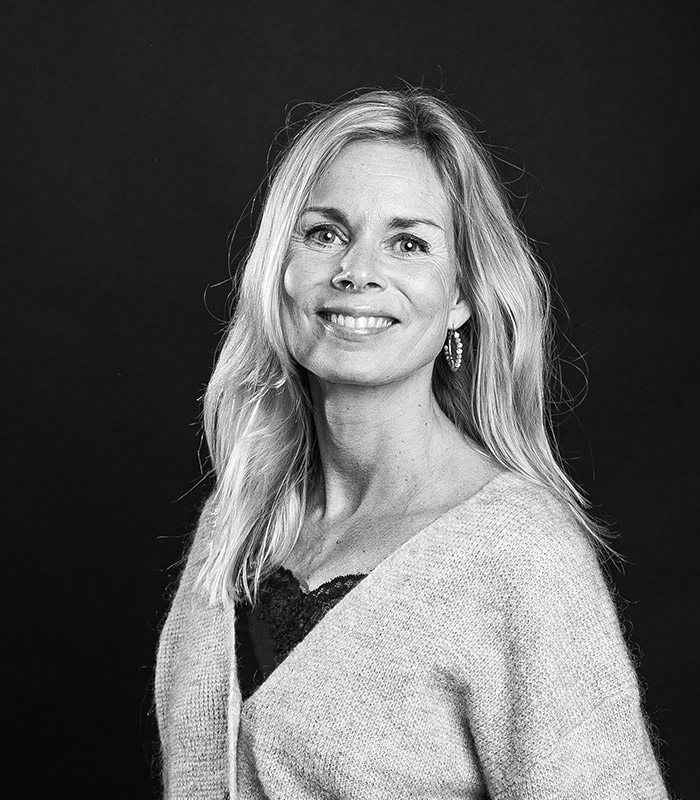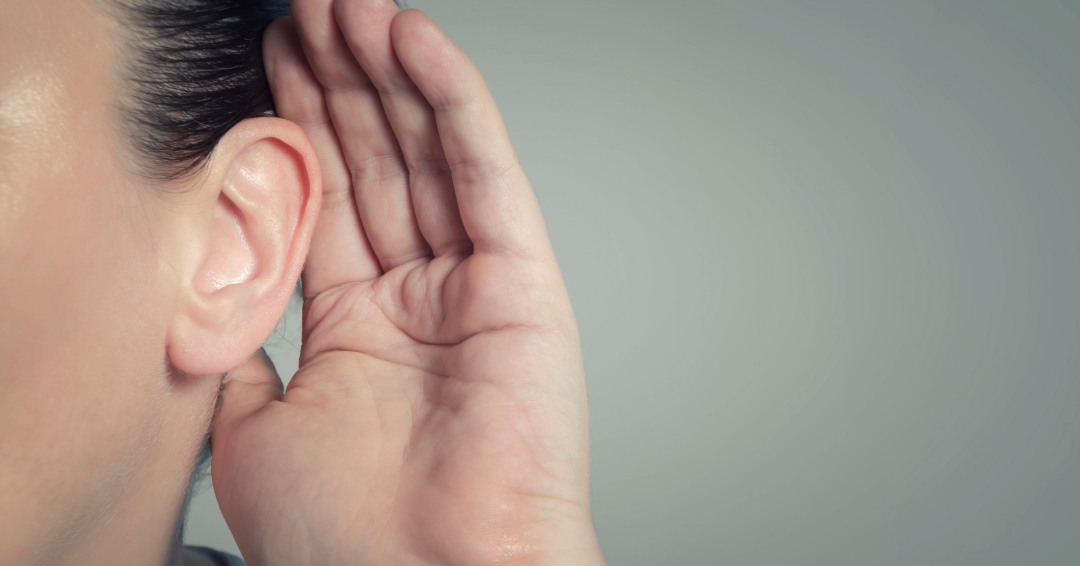Making advantages out of disadvantages
 Av Johan Bergquist
on 27 May, 2024
Av Johan Bergquist
on 27 May, 2024
Not every company can be the best at everything. And not every product can be perfect in every respect. But what's interesting is that some companies have actually taken the product's worst feature and turned it into its greatest advantage. It's all about customer perception and how you set the scene.
Change the context, not the reality
When Rory Sutherland, copywriter and creative director at Ogilvy & Mather landed in London, the pilot announced that unfortunately there was no gate available. Instead, they would be picked up on the tarmac by bus. Rory's spontaneous reaction was naturally negative. For him, the bus represented an inferior alternative to walking through the airport via the gate. But then the pilot said something that changed his mind. "This way you don't have to go through the whole airport, you go straight to passport control". By changing the context, he turned what was perceived by many as a worse option into a better one.
Weaknesses become strengths
In other words, by telling a different story, you can turn a weakness into a strength. In fact, some brands even allude to the downside in their slogan. The fact that it takes ages to pour a pint of Guinness can be seen as a negative, both by the customer and the bartender. But Guiness has chosen to highlight it as a positive: "Good things come to those who wait". Just as Stella Artois doesn't hide the fact that they cost more: "Reassuringly expensive".
Red Bull tastes disgusting
How a product is perceived is simply relative. If you change the context, you change how your product is perceived. In other words, you don't need to change reality to change what people think of you. An interesting example of this is the soft drink Red Bull, which managed to challenge Coca Cola in several customer segments. A common marketing strategy would probably have been "we'll make a soft drink that tastes better and is cheaper". But Red Bull did the opposite. It doesn't taste good at all. In fact, during the preliminary taste tests, the drink received comments like "it tastes like piss, I wouldn't drink this even if I was paid". Which would be devastating for a regular soft drink.
How soda is sold as medicine
But they succeeded because they created the right context. Instead of marketing Red Bull as a soft drink, they framed it as a product with psychoactive properties. In one fell swoop, they changed the rules and all the disadvantages became advantages. The fact that it's expensive and comes in a small, measured dose signals to the subconscious that it must be something very potent. And the fact that it tastes strange is not surprising, as most medicines do.

Related posts

What can a bee teach us about innovation?
An important element of creativity is innovation. Not following the herd, but daring and being able to go your own way. It's easy to think that this is genuinely human behavior. But the fact is that we are not alone in this. You only have to go to the nearest beehive to see how nature has instilled creative thinking even in insects. And, just like a business, it's about long-term survival.

Positioning - an important part of brand strategy
Successful positioning differentiates you from your competitors, allows you to charge more for your products or services, and makes your customers feel an extraordinary loyalty to your brand. It's not necessarily about being the best or the market leader, but about loading your brand with values and characteristics that make it feel different from your competitors. A relevant (and unique!) position simply helps you grow and gain market share.

Social listening - with your ear to the ground
Opinions on the future of X may be shrouded in mystery, while challenger Bluesky rubs its hands. The only thing we can be sure of is that the internet in general and social media in particular are constantly changing. As a marketing manager or as the person in charge of a company's digital channels, keeping up with everything that happens online can be challenging. Even more so if you are also expected to keep track of what all your competitors are doing and thinking and adapt your strategies accordingly.